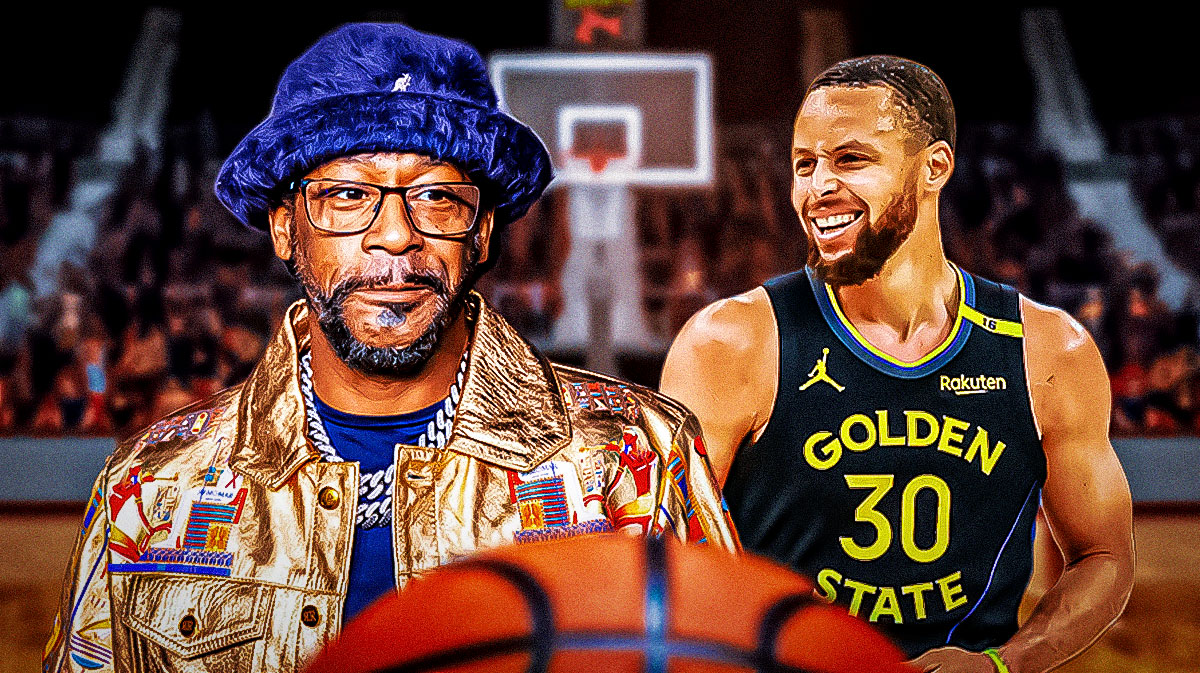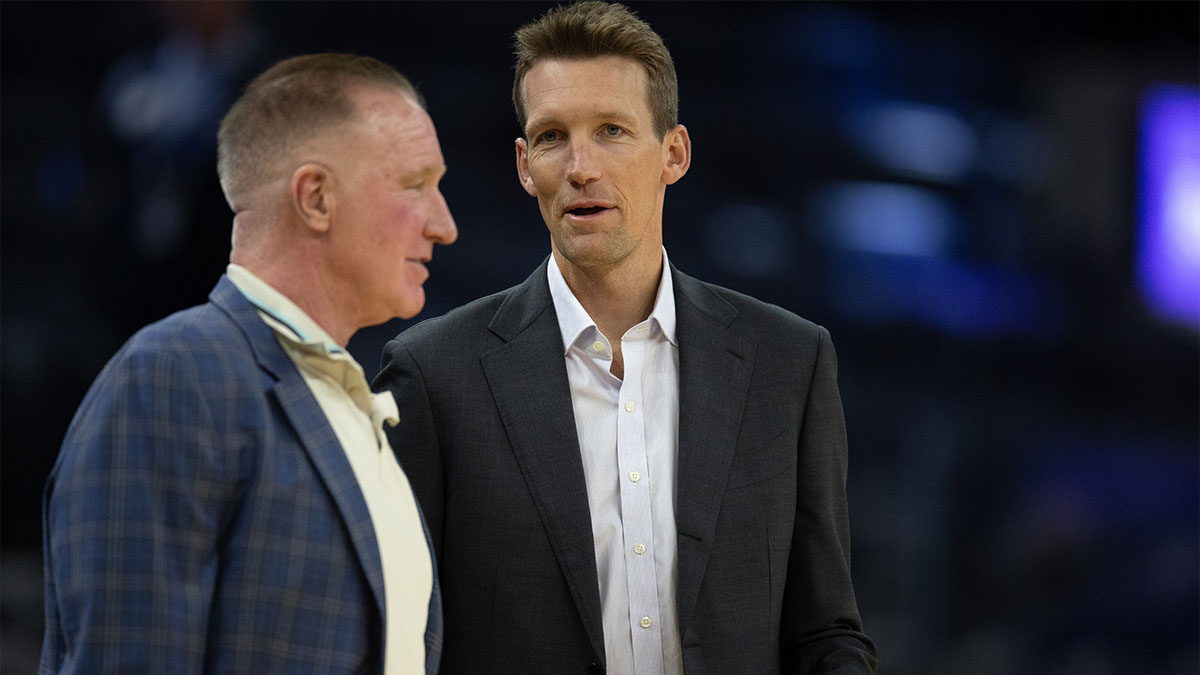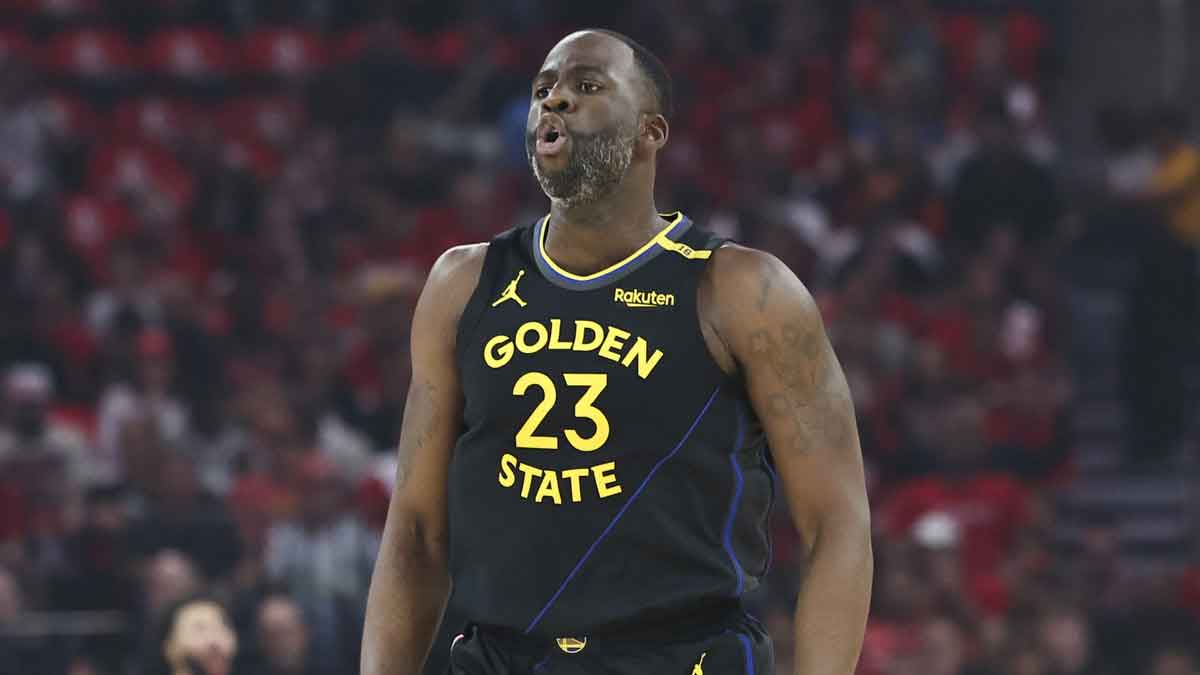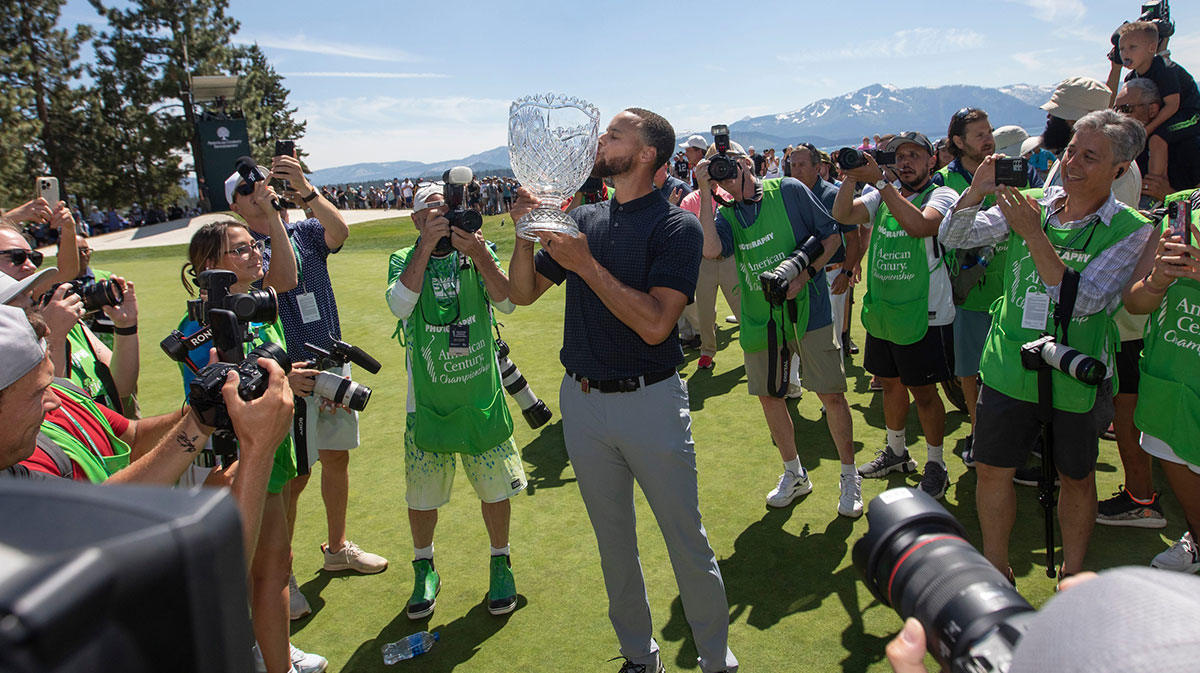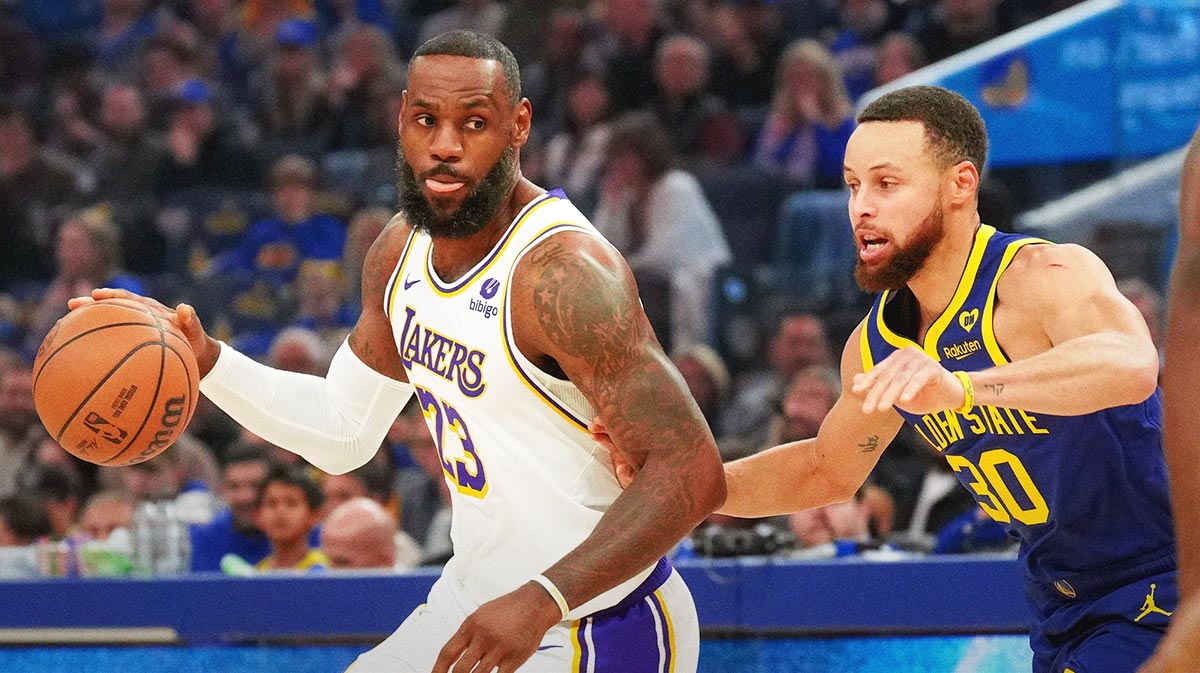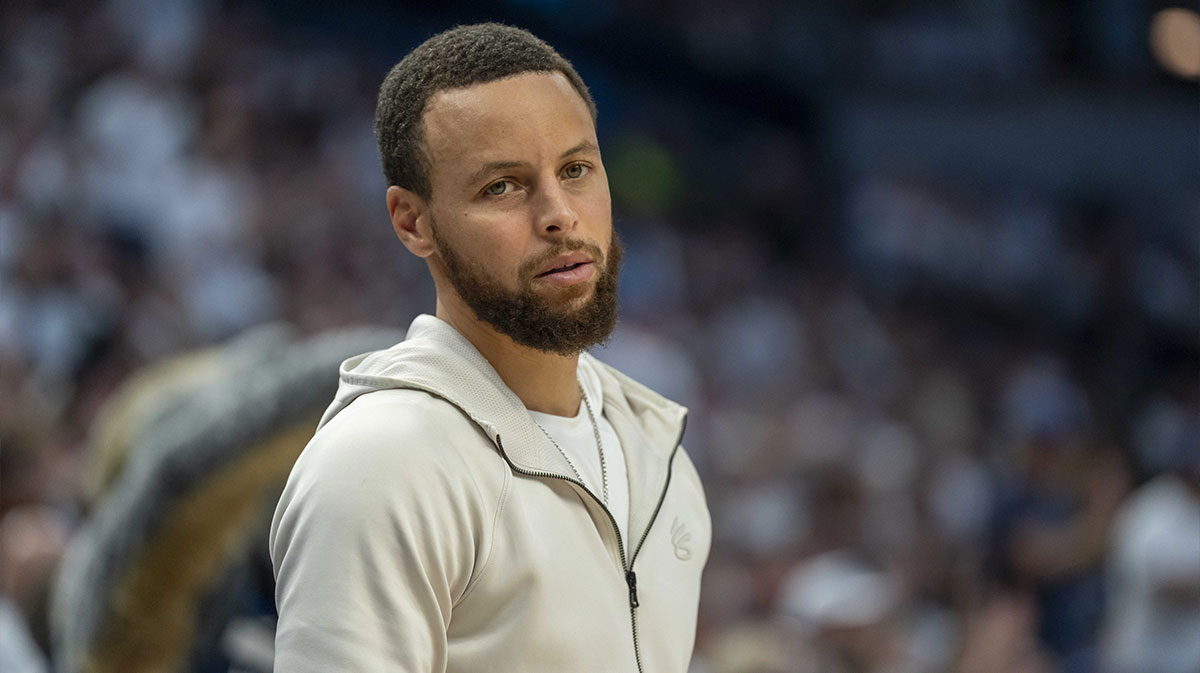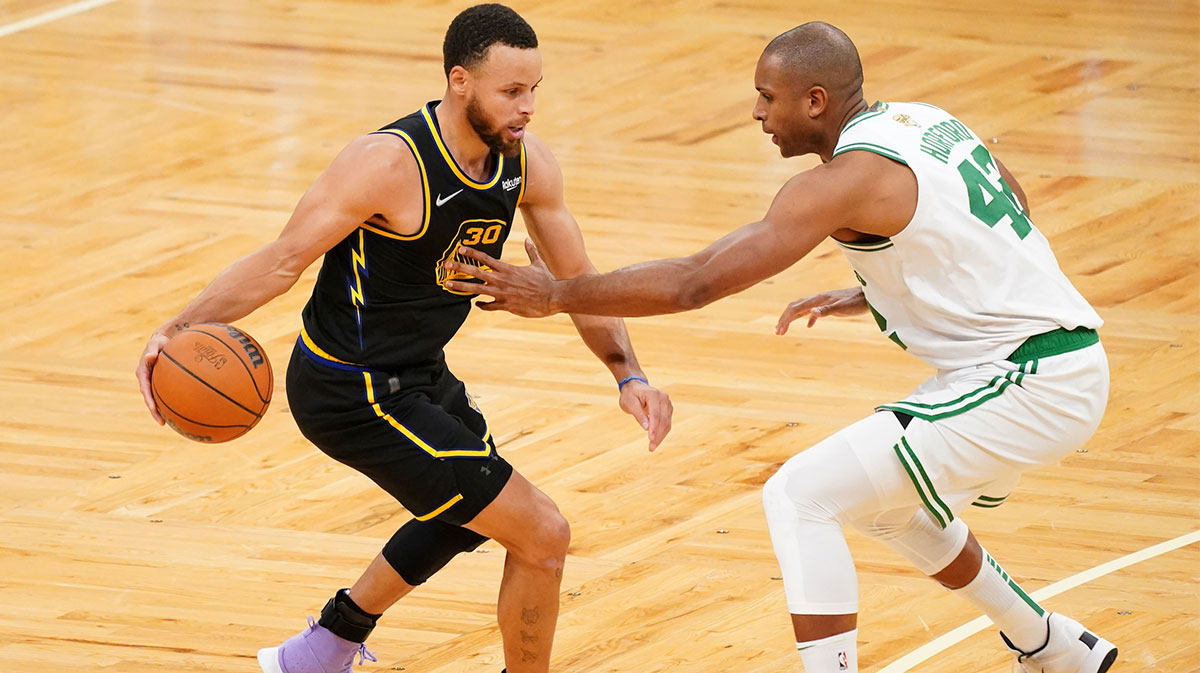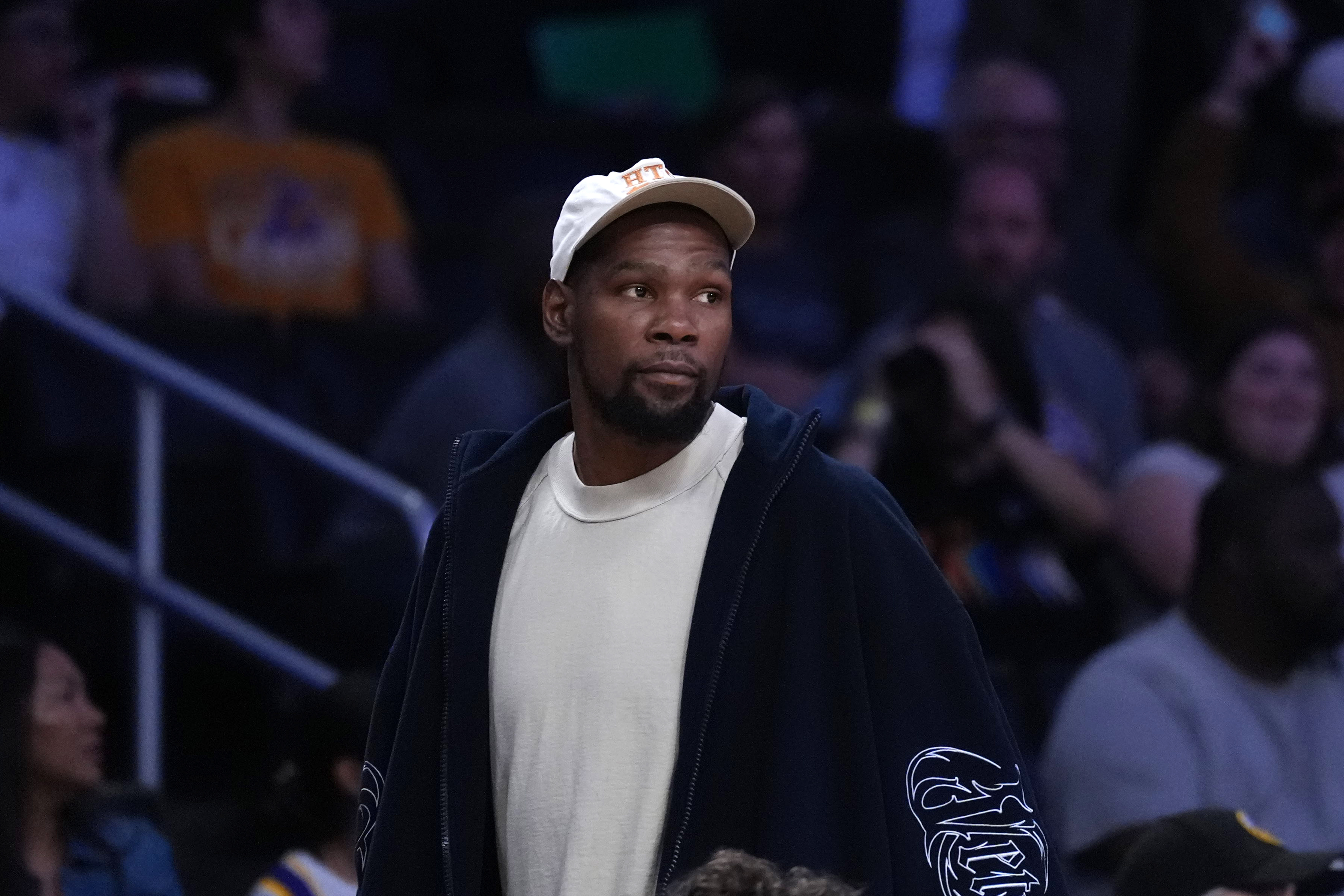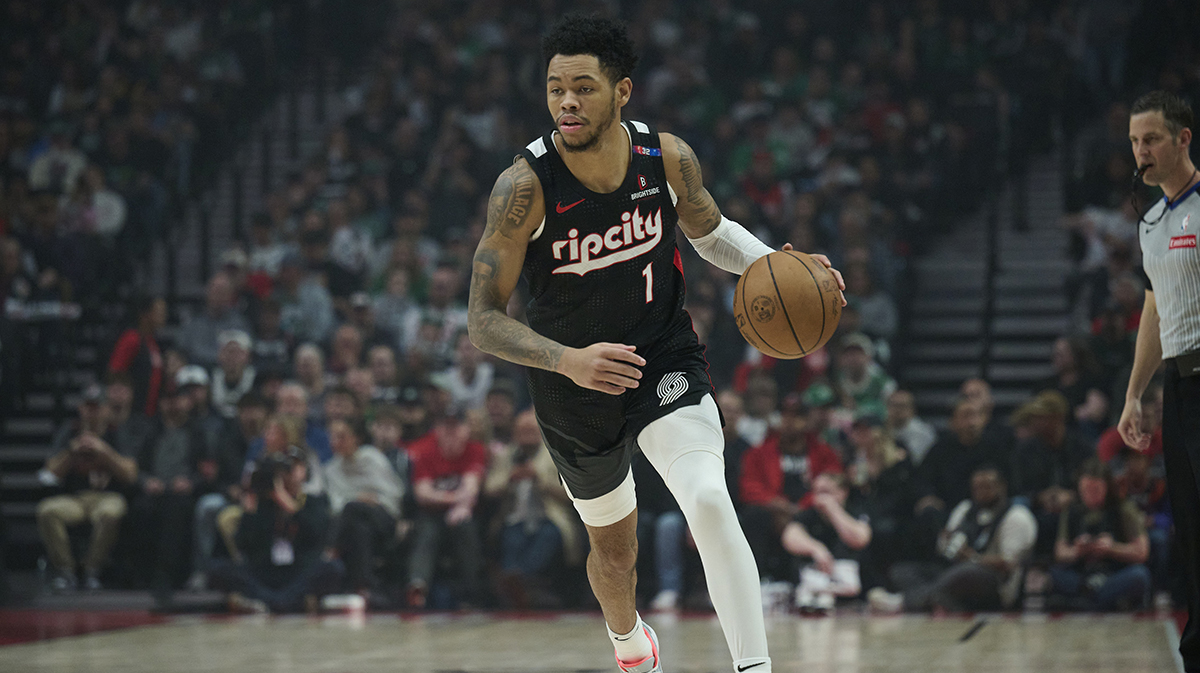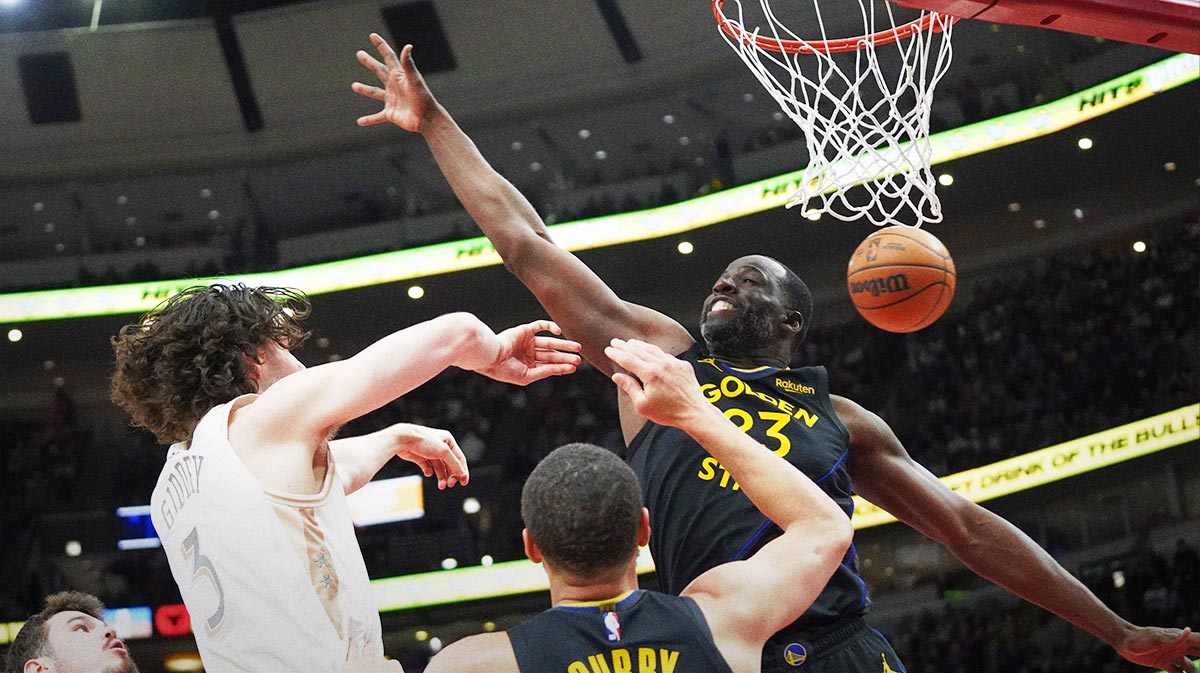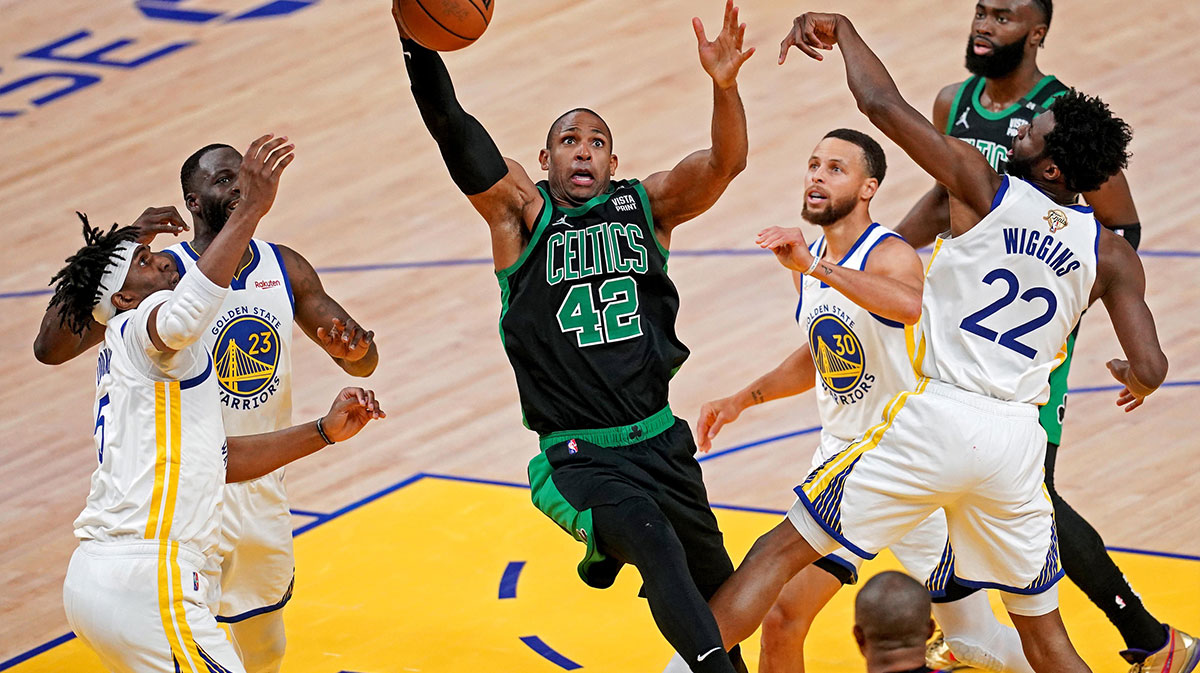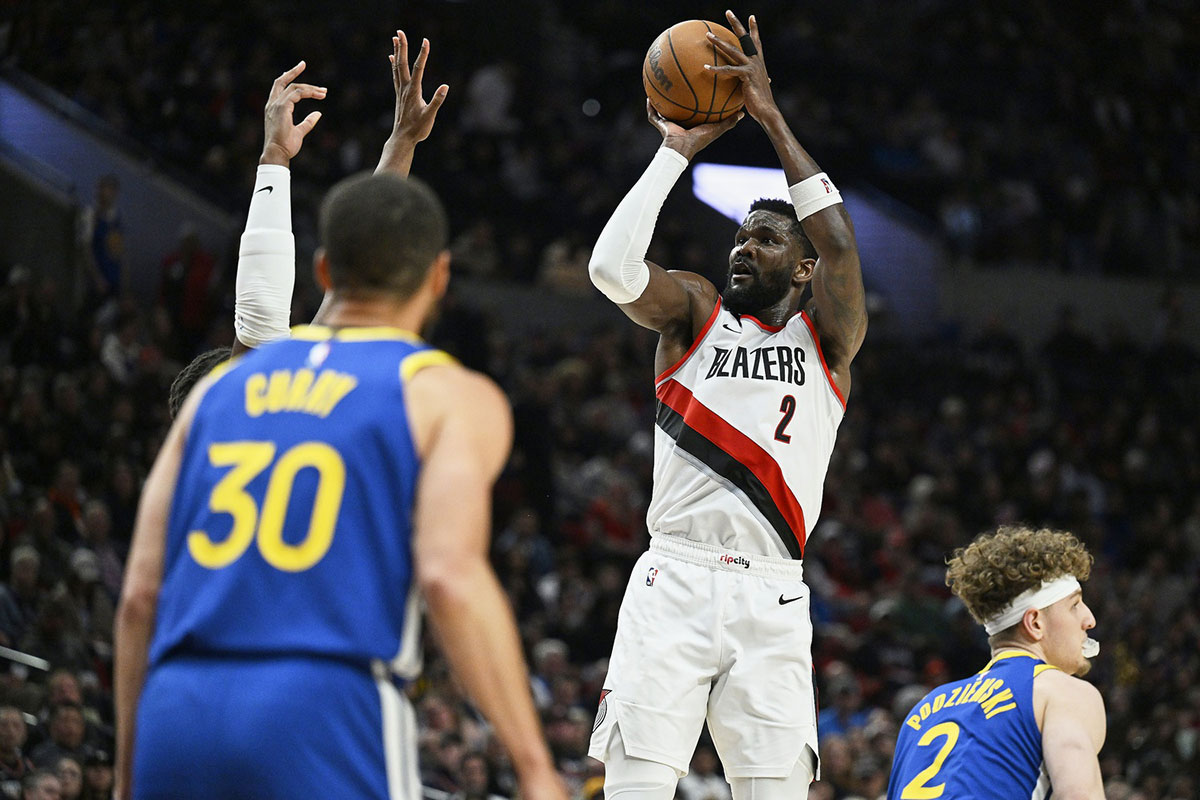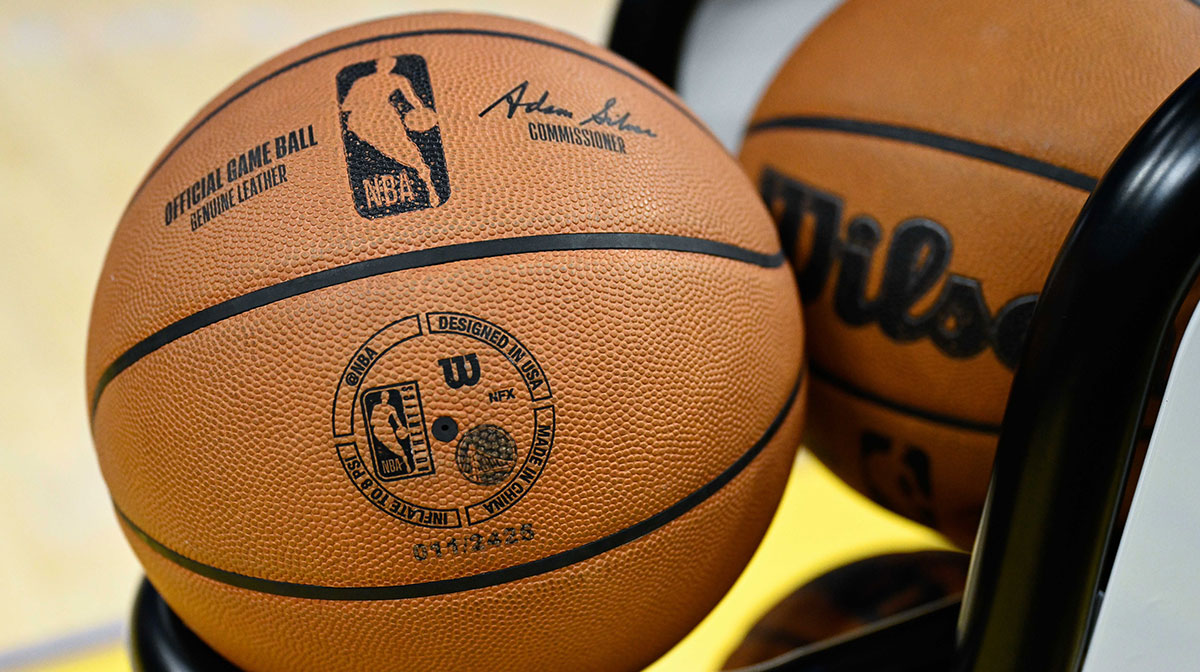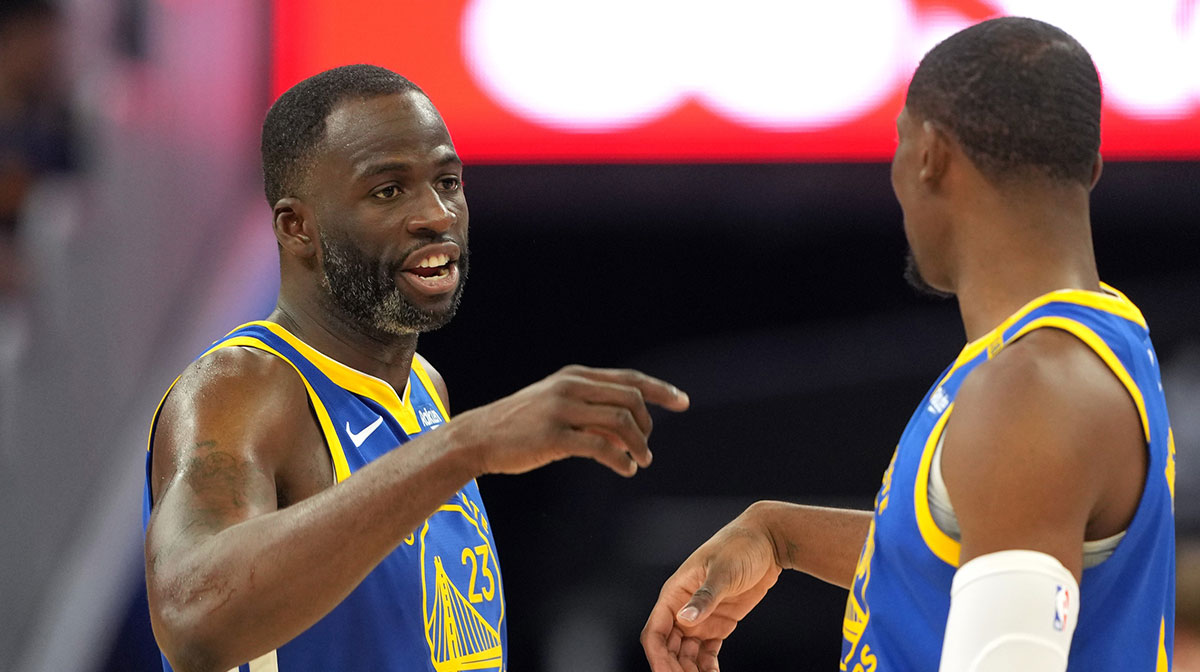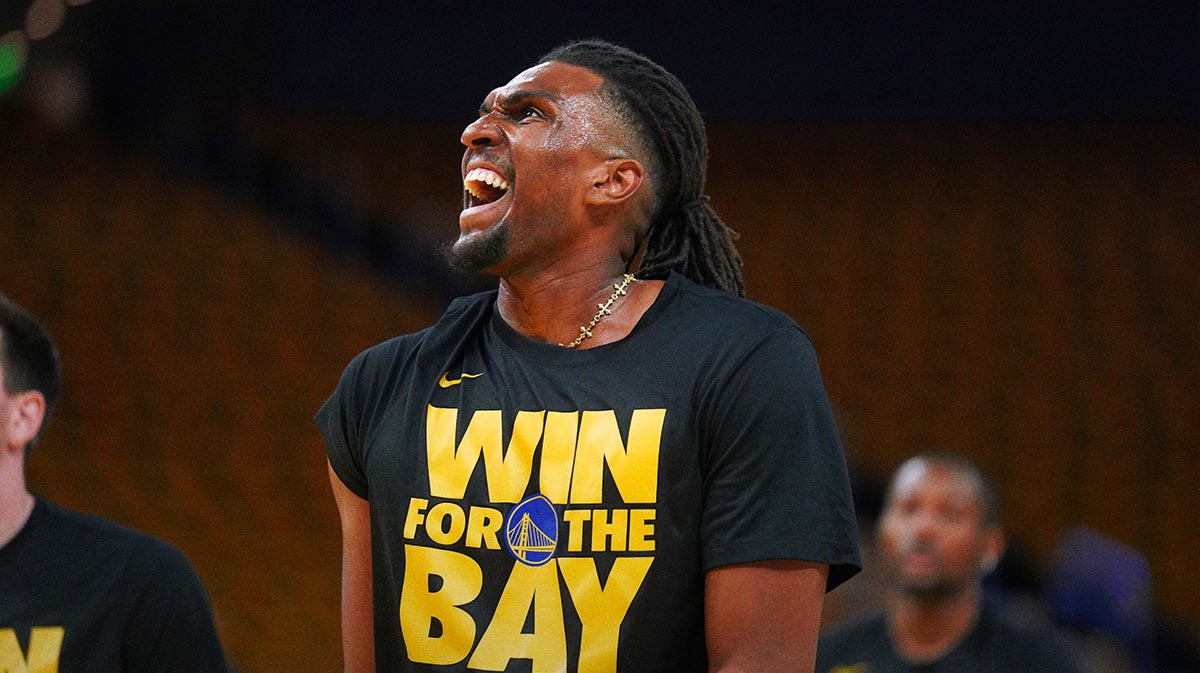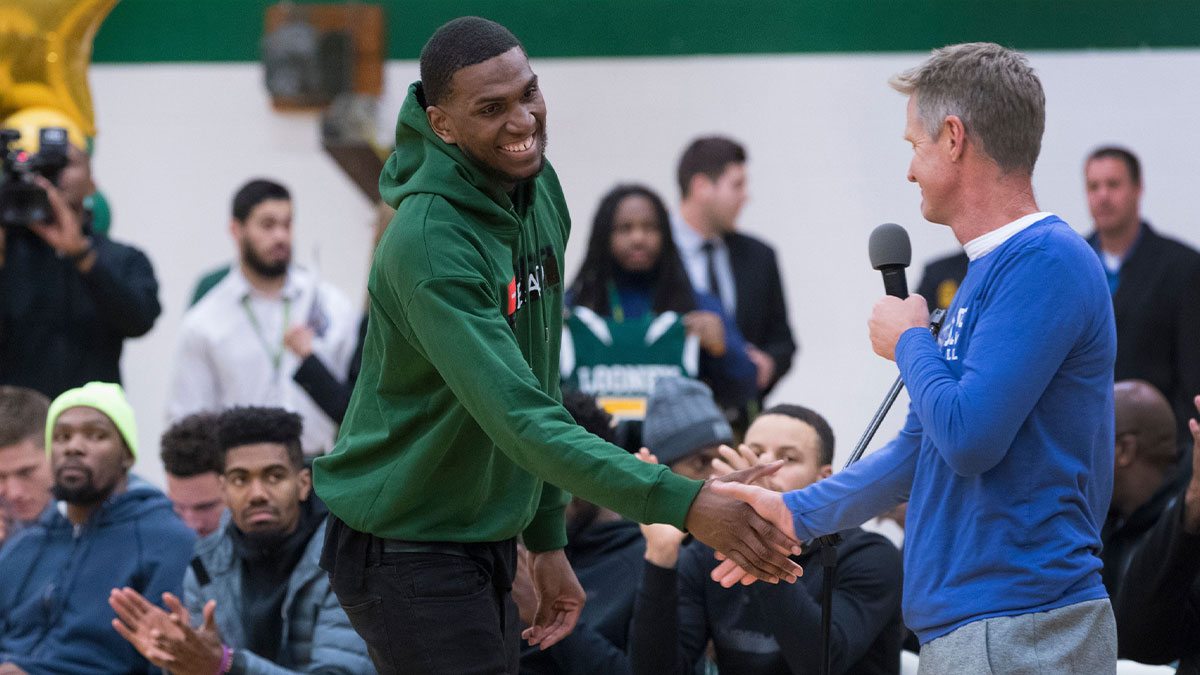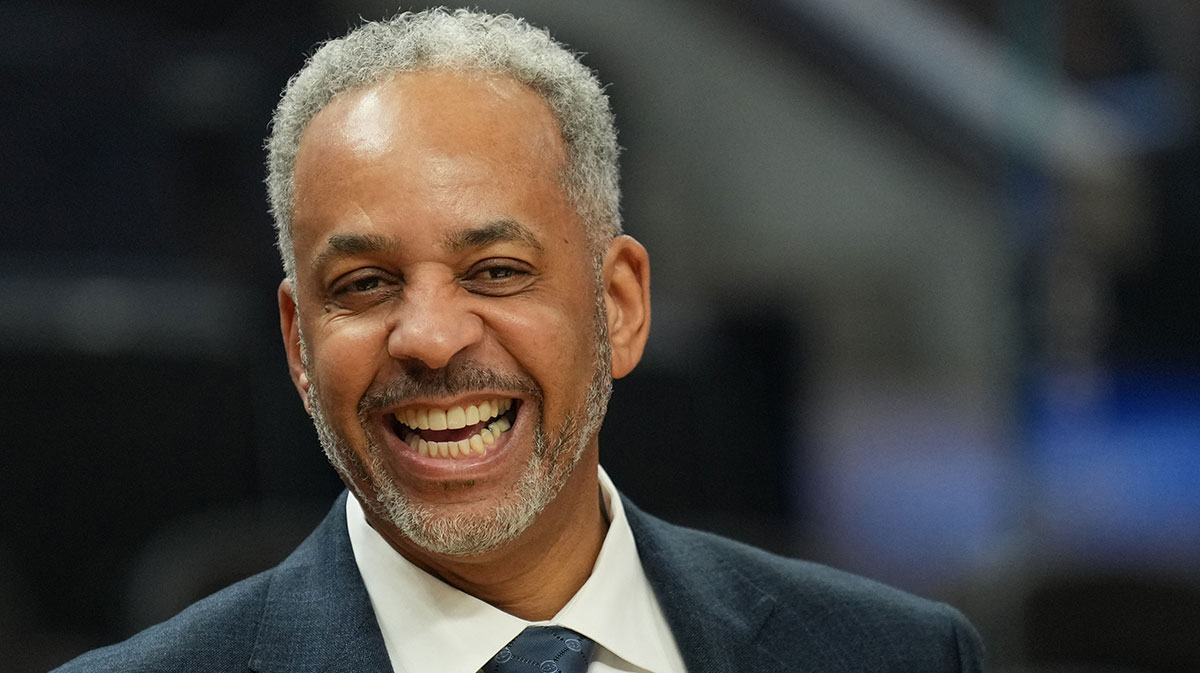Golden State Warriors general manager Bob Myers explained the added value that a two-way contract brings for a team and a player since its official addition last season. While two-ways have been a thing for the National Hockey League for quite a while, the NBA's adaptation has given teams the opportunity to keep two more players in addition to their 15-man roster, serving as an injury reserve slot of sorts and as a brand new opportunity for those who felt just shy of a full-time NBA gig.
“It’s just another bite at the apple, so to speak,” Myers told Tim Bontemps of The Washington Post. “It’s a chance to retain the rights of a player, and especially young players, and have a longer view of them. It’s great.
“And I think it’s great for the players, as well. Especially fringe guys, that maybe didn’t have that chance [before]. It gives them a chance to have a longer runway to make the team . . . It seems like it’s working not just for us, but for other teams.”
Ironically, even in a talent-loaded roster like Golden State's, the Warriors were one of the first teams to fully guarantee a two-way player, giving 26-year-old Quinn Cook a full-fledged two-year deal after cutting Omri Casspi late in the season.
Cook played a major part in keeping the Warriors afloat during the latter end of the season, as an avalanche of injuries plagued all of their starters, forced to sit out the end run of the regular season.
The former Duke player got several starts at the point guard position under Steve Kerr and is now bound to see a similar role coming off the bench for starter Stephen Curry.
The Warriors recently inked their second-and-last two-way prospect in Alfonzo McKinnie, who can have an opportunity to develop with the Santa Cruz Warriors of the G League, as well as a chance to make the NBA roster once Patrick McCaw's situation gets resolved.

